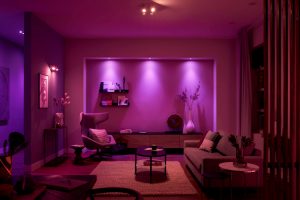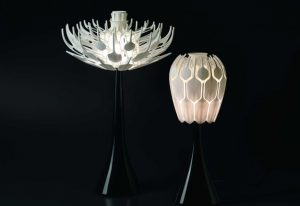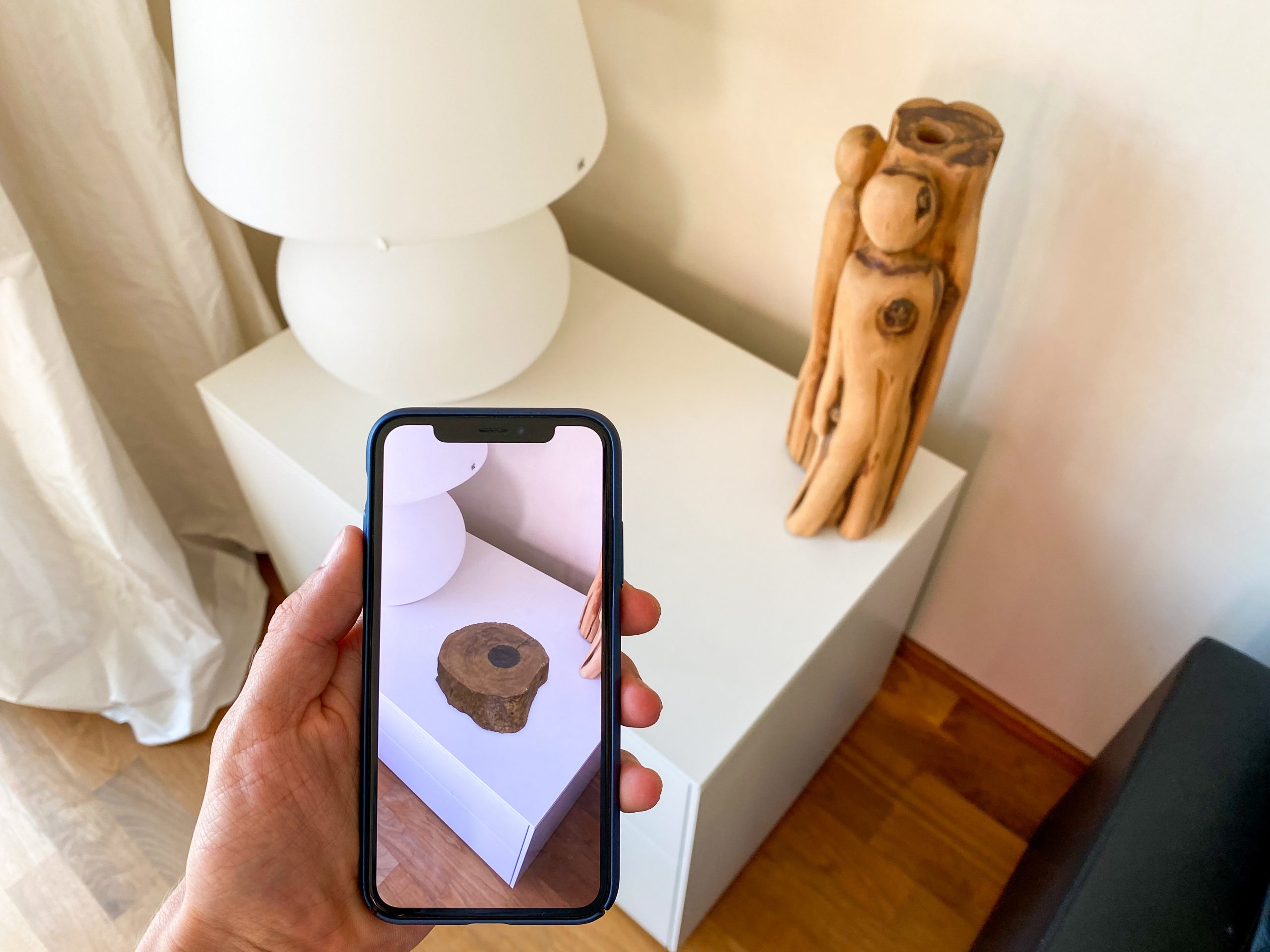How Technology is Shaping Interior Design Today
The world of Interior Design is very much undergoing a rapid shift because of the technologies like AI, Augmented Reality and 3D Printing. Nowadays, firms all over the world are finding applications of these technologies in decoration and remodelling. The quest for a sustainable, affordable, consumer-focused design pieces has led us to a promising world of possibilities.
Here are some of the ways modern technologies are affecting Interior Design:
1. Augmented Reality: Easy Measurements
The frustration of some centrepiece not fitting correctly in your dining hall, or a floor plan that was miscalculated and has now led to a hailstorm of problems for the house owners, is something you need to avoid. By using AR, not only we move towards better space measurements, but we can also visualise a piece of furniture in our home without setting foot outside the store!
AR Spatial Utility Apps
Capture the piece you are about to buy in your smartphone camera and see how well it will fit in your favourite location in the house! Say goodbye to the tape measures and welcome a convenient future of interior decoration.
AR and 3D Modelling
Applications like Hutch make use of AR technology and create an accurate, 3D model of your room and lets you explore the different versions of your room with various furniture, artworks or colour palette. And it gets better; you can go on to buy the pieces you used and turn the room of your dreams into reality!
By using 3D Modelling, you don’t have to go through the unnecessary hassle of buying loads of furniture and moving things around every once in a while until you get it just right.
2. Smart Lighting Systems

Philips Hue home smart lighting system. (COURTESY OF SIGNIFY)
Imagine a future where you no longer have to bump 23 times on different places on your way to the switchboard to turn on the light at night!
Light switches are ubiquitous today throughout the world. But they will surely be obsolete shortly because of the increasing popularity of smart lighting systems in households. Elegant, intelligent, fast and effective; these Artificial Intelligence-based smart lights are paving the way to another convenient addition to the modern interior design. More than turning the light on or off, you can also control the intensity of the light, change the colour, and even set the light to brighten before you wake up in the morning by simple app controls on your phone.
With high functionality and eco-friendly nature, these lights don’t need you to drill holes on gorgeous walls. These lighting systems significantly add to the design appeal of the space. Interior decoration becomes a lot easier and full of possibilities. A few decades ago, the only option you had to customise your lighting was a rotary dimmer. Now, you can achieve any lighting combination you can think of.
3. 3D Printing and Modern Interior Design

Bloom- 3D printed lamp designed by Patrick Jouin. (via materialise.com)
3D printing is increasingly becoming popular as a reliable, eco-friendly technology to be used in different sectors. Digital fabrication in architecture is almost a fad nowadays. It speeds up the production, saving lots of time, reduces costs and in industries like healthcare and science is used to create prosthetic heart valves that could potentially save lives!
In the field of Interior Design, the widespread adoption of 3D printing has led us far into the future:
- 3D printing allows creating impeccable, accurate designs that wouldn’t have been possible otherwise.
- It comes with a wide range of possibilities to experiment for designers, incorporating unorthodox shapes and concepts.
- It can provide rapid production of prototypes for immediate customer reviews.
- Environmental friendly material reduces the use of wood and either exhaustible natural resources.
Conclusion:
The ultimate goal of technology is to bring ease and convenience to the human experience. These three examples are only a few of the reasons why the field of interior design and architecture is only going to flourish as technology leads us forward. We might not see technology as something that affects our creativity, but the latest innovations are changing our interiors and optimising the aesthetic appeal of our designs. It is starting to like like complete home remodelling is becoming less a tedious business, allowing infinite customisations.
And this is just the tip of the iceberg! With research and development on the rise, we can only expect a bright future ahead.






